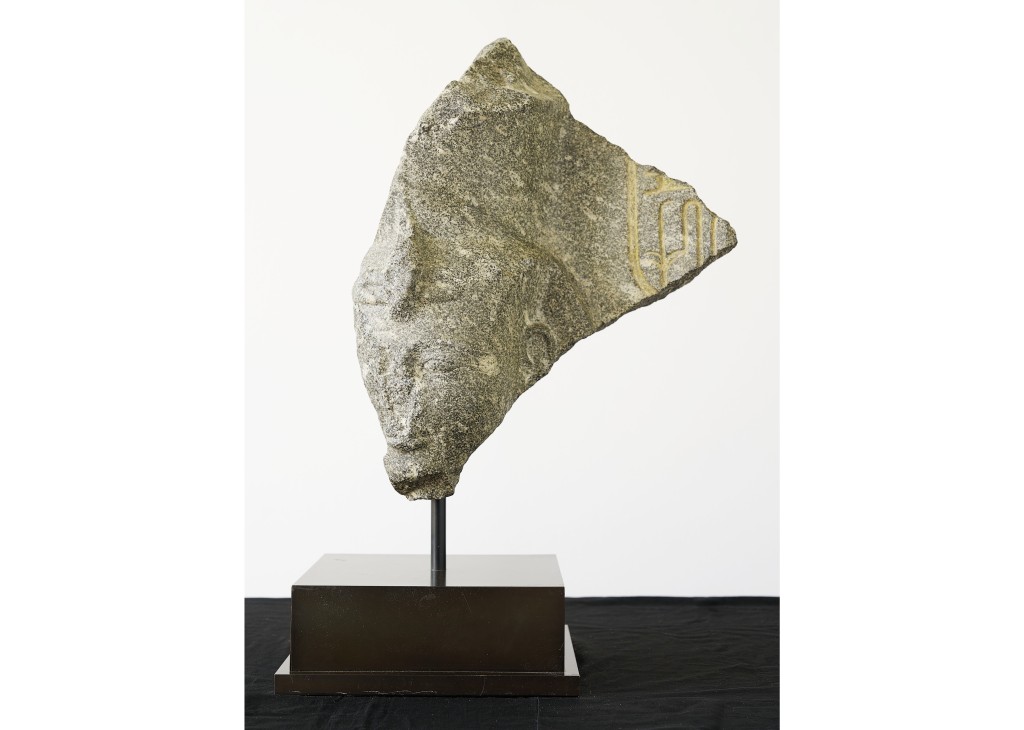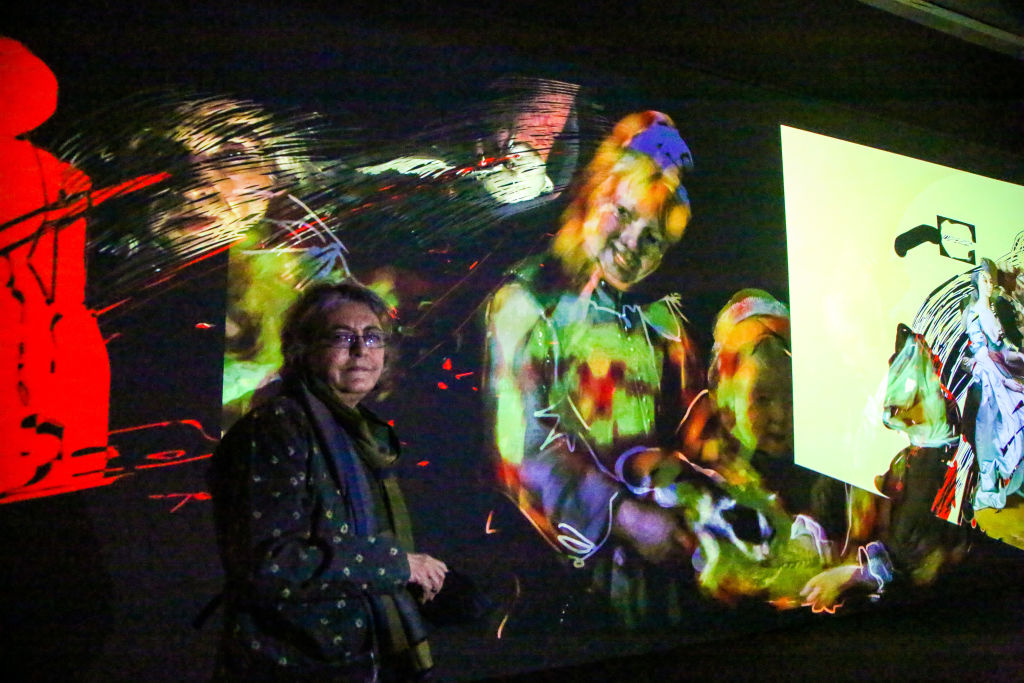Anne Imhof’s ‘Wish You Were Gay’ Billboards Vandalized in Austria: An ‘Attack on Love’
Six billboards designed by artist Anne Imhof that are on view in Austria were partially torn by vandals on Tuesday, an incident that the artist described as “an act of violent aggression.”
Imhof, who won the Golden Lion at the 2017 Venice Biennale for her memorable German Pavilion, was showing the billboards in Bregenz in tandem with a museum show in the city at the Kunsthaus Bregenz. The billboards read “WISH YOU WERE GAY,” a phrase that also acts at the title for Imhof’s show.
On Instagram, Imhof described the billboards as “a testament to the beauty and strength that the chosen family provides to those of LGBTQIA2S+ experience. On the other hand, Wish You Were Gay also bears witness to the deep struggle and hostility facing LGBTQIA2S+ people everyday, everywhere.”
She went on to describe the vandalism as a “hate crime,” writing, “Destroying them is not only an assault on lesbian, gay, bisexual, transgender, queer, two spirit and questioning people, but is an assault on the community of Bregenz.”
The artist promised that the billboards, which are set within public spaces, would be replaced, although she did not provide a timeline for when.
In a separate statement, Kunsthaus Bregenz director Thomas D. Trummer said, “This is a cowardly attack on art and on human rights. Homophobia has no place in our society.”
Imhof’s museum-filling Kunsthaus Bregenz show is largely composed of paintings, videos, and installations, and not, for the most part, the expansive performances for which she is best known. Because the exhibition includes many lesser-known parts of her oeuvre, the show is a personal one, Imhof has said.
Included in the exhibition are several new paintings, all with titles that are variations on “Wish You Were Gay,” that present blurred views of a figure who appears to be holding a gun to their head.
“Desire, fear, and vulnerability are not merely presented to the viewer through individual works; rather, the works are so well connected through the exhibition design that the viewer can truly experience these emotions,” Jonas Sanden wrote in a Flash Art review of the show.
In a Die Zeit interview in May, Imhof said the personal nature of the show was in part a reflection on her own queerness. She described the realization that she lived “in a heteronormative world that I never really fit into,” as she put it. “I used to be surprised that other people didn’t feel the same way I did.”



